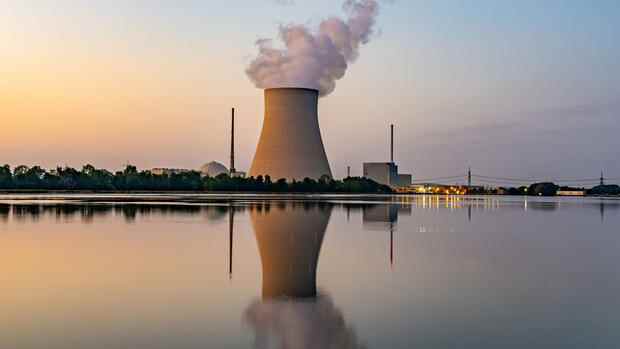In this situation, is it wise that the nuclear phase-out in Germany will be completed on December 31st and that the last three nuclear power plants Isar 2, Emsland and Neckarwestheim 2 will cease operation? No it is not. It would be downright negligent in this emergency. What doesn’t help at all is the debate about it, which is partly ideological and contains half-truths.
First of all: As much as the decision to finally phase out nuclear power in 2011 after the reactor catastrophe in Fukushima was supported by a large majority of the population, more and more Germans now want a pragmatic approach to nuclear energy in view of the current crisis.
This winter, the short-term continued operation of the three reactors, the so-called stretch operation, could help us. In the coming winter, a time-limited extension of the service life could help us.
Top jobs of the day
Find the best jobs now and
be notified by email.
The federal government only has to make one decision. The stretching operation is comparatively simple, the longer-term operation is technically feasible, but quite complex. The decision must therefore be made now. Time is running out.
The federal government would not have to do much when it comes to stretching. The Atomic Energy Act would only have to be amended. The end date of December 31, 2022 fixed there and the fixed amounts of electricity that were granted to the nuclear companies would have to be deleted.
The three nuclear power plants could then use the fuel rods that are in the reactors to the technical end. If the most recently replaced fuel rods stored in the reactors in the spent fuel pools are included, a little more would be possible.
The stretching operation will save us over the winter
The contribution of the three nuclear power plants will not be very large. They currently cover six percent of our electricity consumption. The share is likely to fall further because the fuel rods are increasingly losing their power.
RWE is already stretching operations in Emsland, Isar 2 should only be at 60 to 70 percent of capacity by March at the latest. The stress test that the federal government commissioned to test the necessity of the stretching operation could therefore be sobering.
Nevertheless, the government should decide it now. Yes, we will not be able to replace gas heating with nuclear power, but every kilowatt hour that we draw less from a gas power plant relieves us. Above all, the stretching operation would send an important signal to the European Union. If we demand solidarity, want gas from France and the Spaniards should save gas for us, we can’t shut down nuclear power plants at the same time.
By summer at the latest, however, the last electricity will have been drawn from the fuel rods. The only thing that would help us in the coming winter would be a real extension of the service life, the use of new fuel rods. It’s not that easy. There are no new fuel elements in reserve in any nuclear power plant, new elements have to be configured in a tailor-made manner.
In normal times, 15 months were calculated for this. Under great time pressure, this would perhaps be possible in nine months, according to the industry, but it would be better to calculate with one year.
The nuclear power plant operators are also worried about the staff. Presumably they would have to bring together engineers from other nuclear power plants for reasons of age – and only after a year are they allowed to take over responsibility in another plant. When driving a nuclear power plant, safety requirements similar to those for an Airbus rightly apply.
The operators are waiting for a federal decision
The systems would probably also have to pass a new safety check. But it could be completed during ongoing operations. Above all, however, companies demand maximum legal certainty. The complaints of the past should not be repeated.
Conclusion: Operation in the coming winter is not trivial, but possible. But the same applies here: the decision must be made now.
The hurdles to reactivating nuclear power plants that went offline last year are even higher. Dismantling is already underway in all plants. Of course, a dismantling can also be reversed. But the effort would probably be too high.
However, the stretching operation and a limited runtime extension in the three remaining reactors are feasible. The operators are also willing to do this. It just has to be properly organized – and, above all, politically desired. The federal government must decide that – and quickly.
More: Demands from Bavaria – Can decommissioned nuclear power plants simply be restarted?
